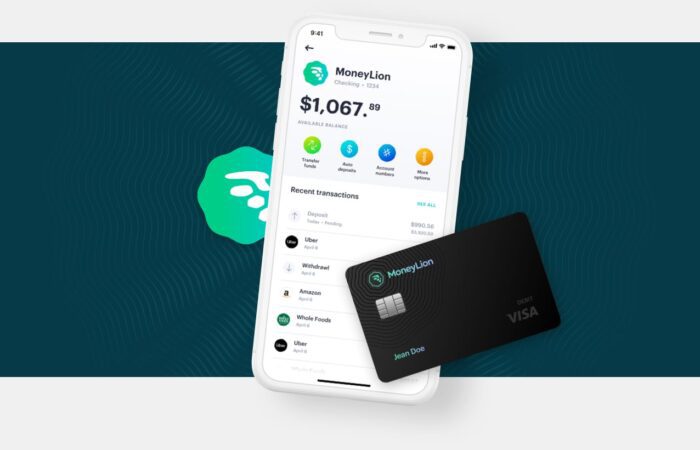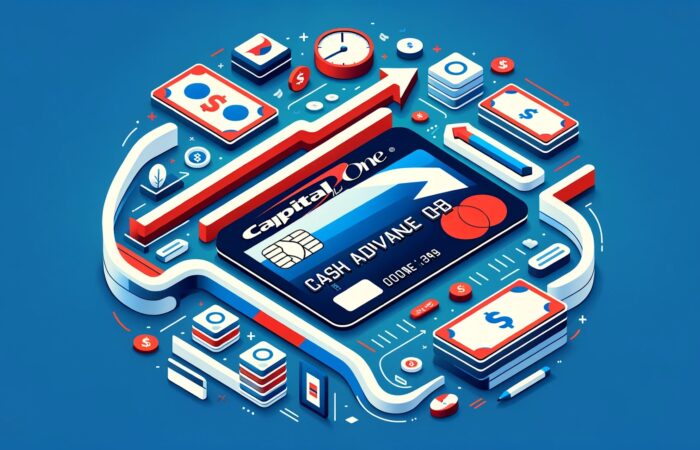Editor’s Note: Overdraft Apps provides detailed product reviews and recommendations based upon extensive research and our own hands-on testing. We may earn a referral fee when you sign up for or purchase products mentioned in this article.
[Spoiler Alert! First Convenience bank has the dubious distinction of earning more from overdraft fees than any other bank in America. Read on to learn how to avoid them.]
It’s a hot summer night and you’re running a few errands. You used your debit card to buy a fan to cool off your apartment and some ice cream for your freezer. While you were having fun, trying to beat the heat, you forgot that your account was negative — and First Convenience Bank charged you a sizzling $68 in overdraft fees!
If you’re a customer of First Convenience Bank (or its parent bank, First National Bank of Texas), this may sound like familiar situation. No bank earns more of its profits from overdraft fees than First National Bank of Texas / First Convenience Bank – more than 100% of its profits have come from overdraft fees in each of the last seven years, paid for by accountholders like you! (Small local banks Arvest and Academy Bank also headline the list. Meanwhile, Citibank recently eliminated all overdraft fees.)
If you’re a customer of First Convenience Bank or First National Bank of Texas (which share the same overdraft policies), it’s important to know its overdraft policies, limits and what you can do to avoid these costly fees.
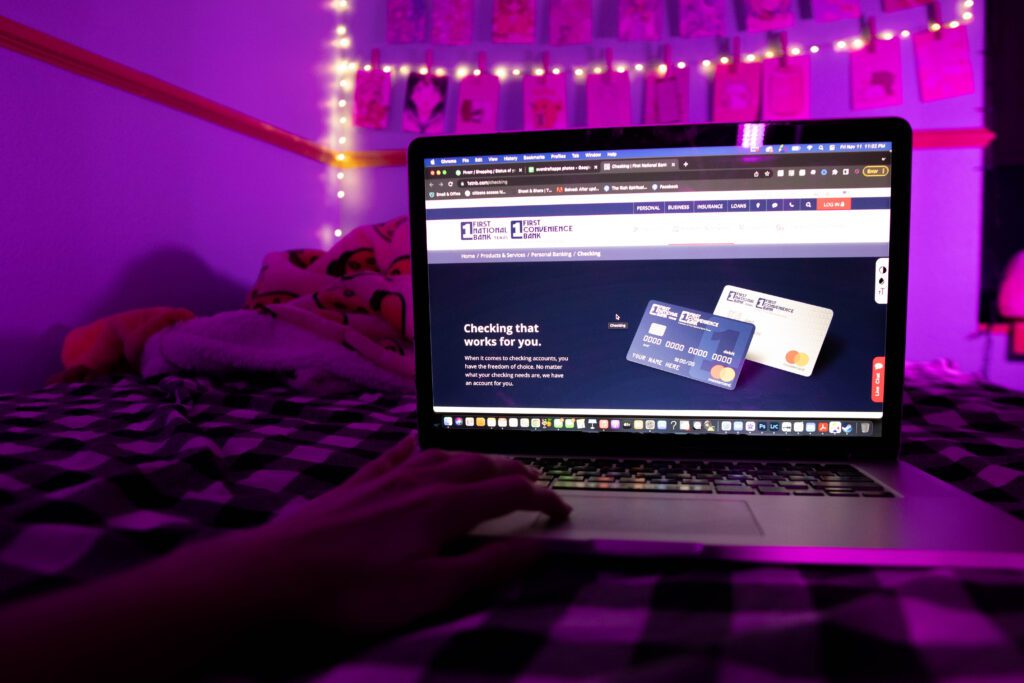

Why have 14 million people ditched their high-fee bank for Chime?
What is First Convenience Bank’s overdraft policy?
An overdraft occurs when you don’t have enough money in your account to cover a transaction, but your bank pays it anyway, taking your account balance negative. An overdraft is a small, short-term loan from your bank to cover cost of the transaction.
At First Convenience Bank, checking accounts are eligible for overdraft protection. When opening a checking account, First Convenience Bank will ask you to choose from three overdraft protection options: no overdraft privileges, partial overdraft privileges, and full overdraft privileges.
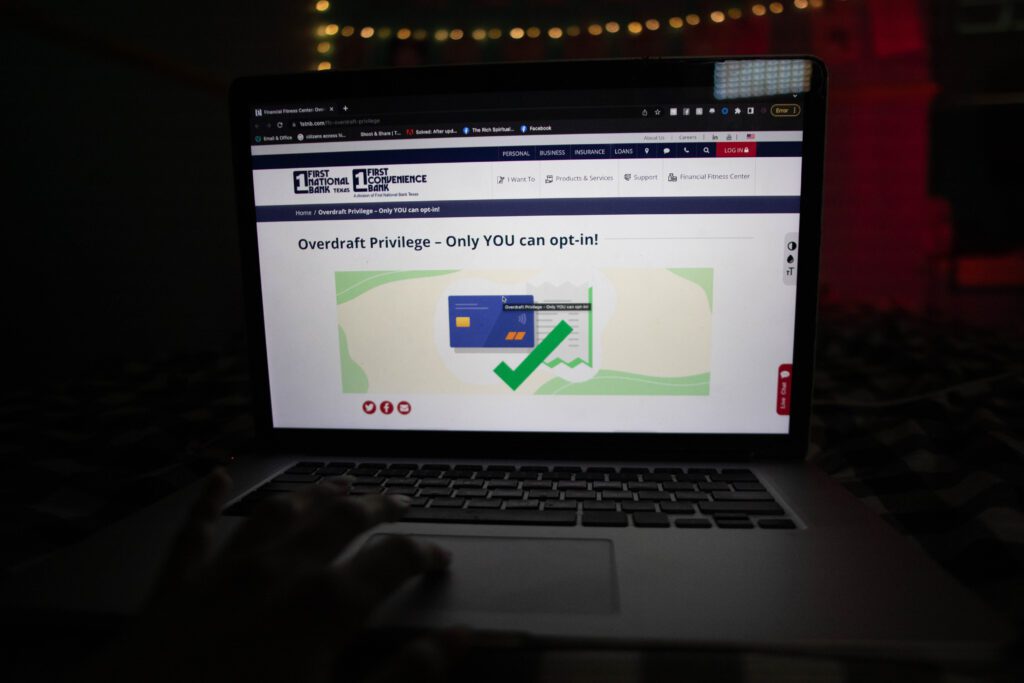
No overdraft privileges means that any transaction that will cause your account balance to go negative will be declined by the bank. You won’t incur any overdraft fees, however you could face late payment or returned item fees from the intended payee when checks or bill payments are declined.
Partial overdraft privileges means that checks, bill payments, and recurring debit purchases will be paid at the bank’s discretion. You will be charged an overdraft fee for each transaction paid by the bank. You won’t be able to use your debit card or everyday purchases or make ATM withdrawals.
Full overdraft privileges means that all transaction types will be paid, at the bank’s discretion. You may be able to withdraw cash from an ATM while your account is overdrawn. Each paid transaction will incur an overdraft fees.
There is no cost to enroll in any of these plans. If you do not select a plan, your account will not have overdraft privileges.
You may be able to avoid overdraft fees through First Convenience Bank’s overdraft protection program, known as accountTRANSFER. If you have a savings account with the bank, you can link it to your checking account. If a transaction will push your checking account balance into negative territory, a transfer is automatically made from savings to checking (provided you have sufficient funds in your savings account) to keep your checking account balance above $0 and help you avoid overdraft fees. There is no fee to enroll in accountTransfer, nor any fees for automated account transfers.
How much are First Convenience Bank overdraft fees?
| Fee | Cost | Maximum Fees per Day | Maximum Daily Cost |
|---|---|---|---|
| Overdraft Fee | $34 | 2 | $68 |
| Insufficient Funds Fee | $34 | 2 | $68 |
| Linked Account Transfer Fee | $0 | 1 transfer per day | $0 |
First Convenience Bank charges a $34 fee per overdraft transaction. You can be charged fees on up to two overdraft transactions per day, a $68 daily maximum and up to ten overdraft transactions per calendar month ($340 maximum). Transactions for less than $5 are not subject to overdraft fees, and the bank does not charge fees if your negative account balance does not exceed $25 (including fees).
The bank has introduced a one day grace period to avoid overdraft fees, which it calls 1 Day Rewind. If your account is overdrawn, you can have your overdraft fees removed by making a qualified deposit to bring your balance to positive or not overdrawn by more than $12 (excluding overdraft fees) by the close of the next banking day.
For returned items, such as a bounced check, there is a $34 insufficient funds fee. This is also subject to a daily maximum of two fees per day for a total of $68. Numerous banks have eliminated insufficient funds fees, but they remain a large source of profits for First Convenience Bank.
It’s important to deposit funds as soon as you can to bring negative balances back above zero so that you don’t lose access to your bank account. Additionally, First Convenience Bank will charge a $34 extended overdraft fee if your account balance is negative by more than $25 for seven consecutive banking days, pushing the amount that you owe the bank higher.
WAIT! High overdraft fees aren't the only way First Convenience Bank is costing you money.
With inflation overheating, you've probably heard that interest rates are climbing sharply. That means that for the first time in years, it's a great time to shop around for a high interest savings account.
First Convenience Bank savings accounts currently pay just 0.05% APY1 as of 12/8/22. That means that if you have $2,500 in a savings account, you'd earn just $1.26 after one year! Move those hard-earned savings to an FDIC-insured bank paying 3.50% APY and you'd earn $87.49 after one year, and some banks now pay even higher rates!
Don't let your hard-earned savings sit there doing next to nothing. Check out the rates that you can earn at other banks:
What is First Convenience Bank’s overdraft limit?
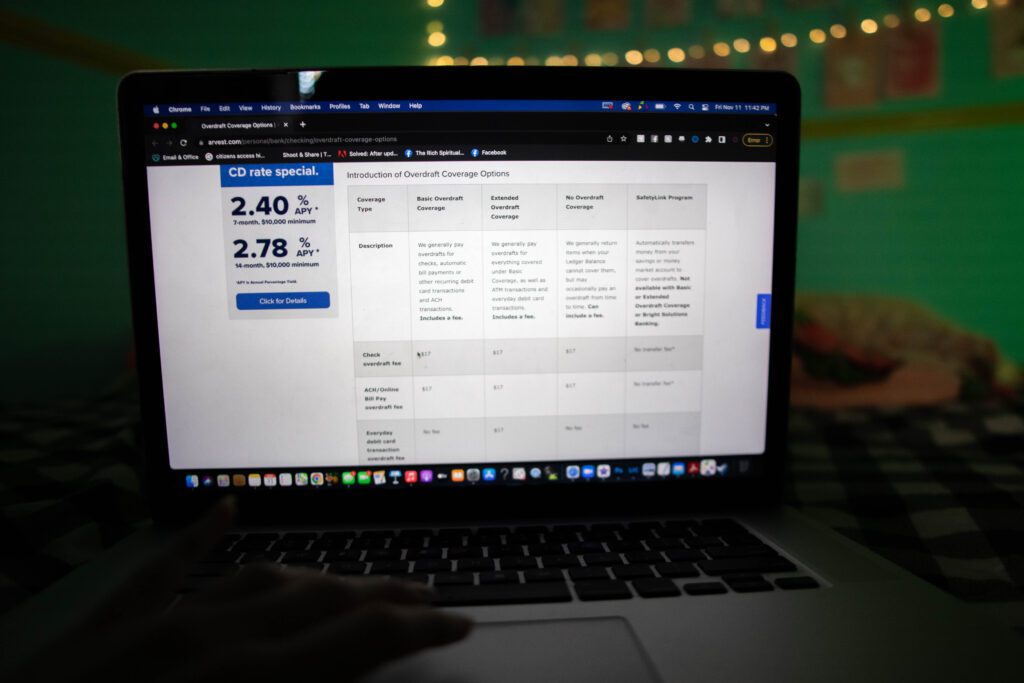
Like most banks, overdraft transactions are paid at the discretion of First Convenience Bank. Your overdraft limit is based on both the transaction type and amount and factors related to your account history, such as the age of your account, current balance, average balance, and length of time that your account has been overdrawn.
First Convenience bank does not share overdraft limits with customers, so you will generally be in the dark as to whether or not a debit card purchase, ATM withdrawal or bill payment will be successfully processed. Your overdraft limit may change frequently, and if the bank previously approved an overdraft transaction you should not presume that it will automatically approve the same type of transaction or amount.
How to avoid overdraft fees with First Convenience Bank
Overdraft fees can be costly, yet are easy to avoid. Here are a few simple ways you can ensure you’re ahead of fees:
- Enroll in the First Convenience Bank’s overdraft protection program, accountTRANSFER. Funds will be automatically transferred from your savings account to your checking account, which can help you avoid up to $68 in daily overdraft fees.
- Set up low balance alerts: Through online or mobile banking, you can set up a low balance alert letting you know whenever your balance drops beneath a certain threshold.
- Limit or eliminate overdraft fees by switching to partial or no overdraft coverage. You won’t be able to use your debit card or make ATM withdrawals that could push your account negative (or complete any transactions with no overdraft coverage), but you’ll also put an end to costly overdraft fees from First Convenience Bank.
- Ask for a refund. Many banks will refund one overdraft fee per year as a goodwill gesture to customers if you contact customer service.
- Switch to a low fee bank! Remember, of the thousands of banks in the United Sates, First Convenience Bank earns a bigger share of its profits from overdraft fees than every single one of them!
Consider one of the growing number of banking apps, that give you full-featured banking right from your phone, with monthly fee, no minimum balance requirement and no overdraft fees. Stop paying sky-high fees to First Convenience Bank (including its $12 monthly account fee) and you could save hundreds of dollars (or more!) each year.
Here are a few of our favorite low fee banking apps:
Chime is one of the fastest growing banking apps in America, thanks to no monthly fees, no minimum balance, and fee-free overdrafts. With the Chime app, you can see how much you have available to overdraft at any time – access up to $200 instantly when you need it with no interest, and no overdraft fees! Learn more about Chime here
Current hates fees almost as much as you do. With Current, you’ll get full-featured banking right from your phone, with no monthly fee, no overdraft fees and no fees at over 40,000 ATMs nationwide. Current also offers instant overdrafts for up to $200, right through your Current debit card, which comes with dozens of cash-back offers at popular retailers and restaurants too. And if that wasn’t a big enough reason to switch, Current will even let you access your direct-deposited paycheck two days early – of course with no fee! Dump all the high fees and check out Current.
Watch: 1st Convenience Bank overdraft options explained
- MoneyLion App Review: Save, Invest & Borrow up to $1,000 in One Simple App - April 15, 2024
- Brigit App Review – Fast $250 Cash Advances with No Interest or Late Fees - April 10, 2024
- Dave App Review: Advances up to $500 with Low Fees - April 1, 2024
- Chime SpotMe is an optional, no fee service that requires a single deposit of $200 or more in qualifying direct deposits to the Chime Checking Account each month and Visa debit card activation. All qualifying members will be allowed to overdraw their account up to $20 on debit card purchases and cash withdrawals initially, but may be later eligible for a higher limit of up to $200 or more based on member's Chime Account history, direct deposit frequency and amount, spending activity and other risk-based factors. Your limit will be displayed to you within the Chime mobile app. You will receive notice of any changes to your limit. Your limit may change at any time, at Chime's discretion. Although there are no overdraft fees, there may be out-of-network or third party fees associated with ATM transactions. SpotMe won't cover non-debit card transactions, including ACH transfers, Pay Anyone transfers, or Chime Checkbook transactions. See terms and conditions.
- Early access to direct deposit funds depends on the timing of the submission of the payment file from the payer. We generally make these funds available on the day the payment file is received, which may be up to 2 days earlier than the scheduled payment date.


